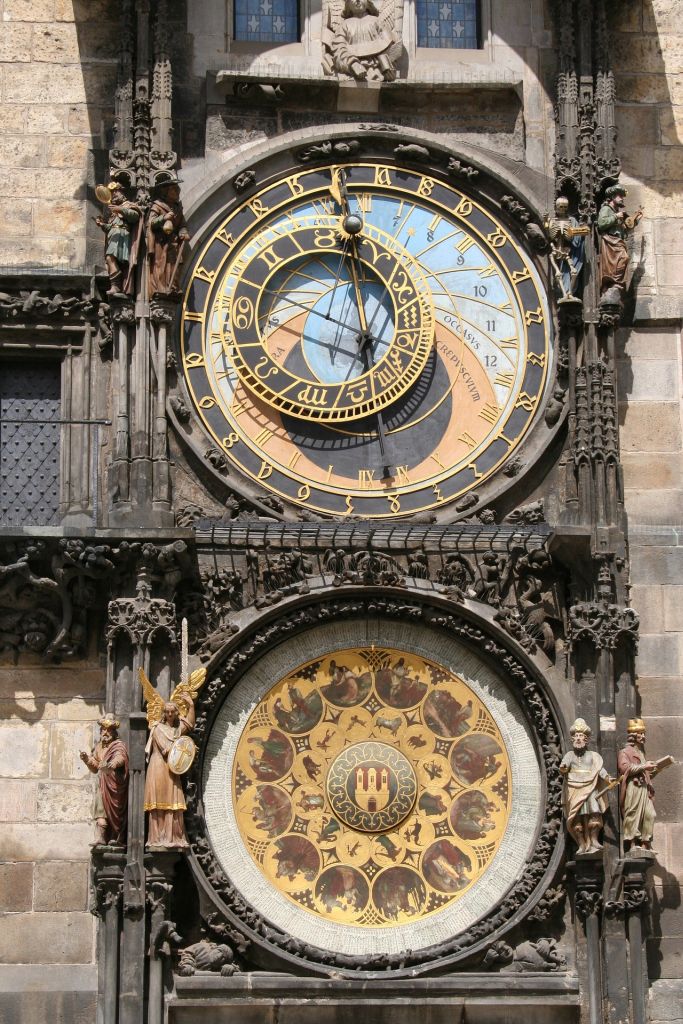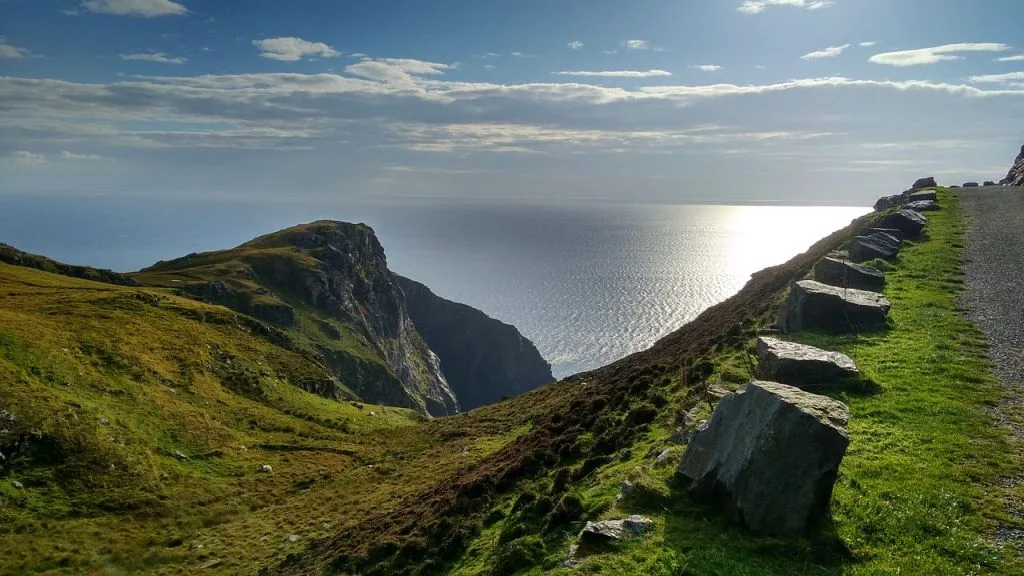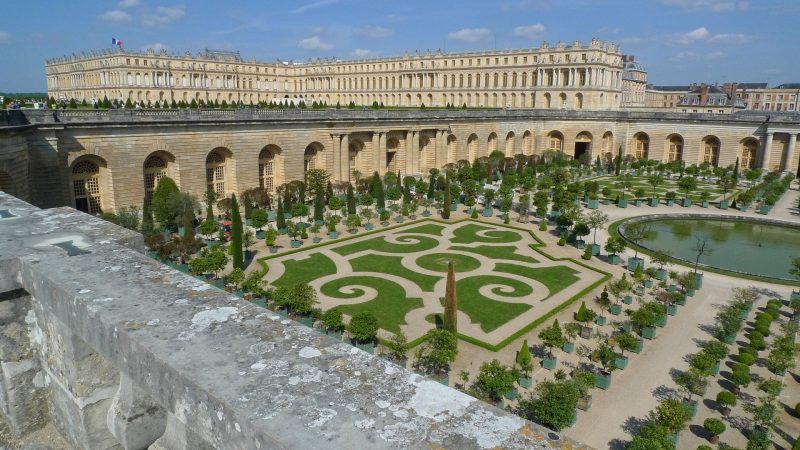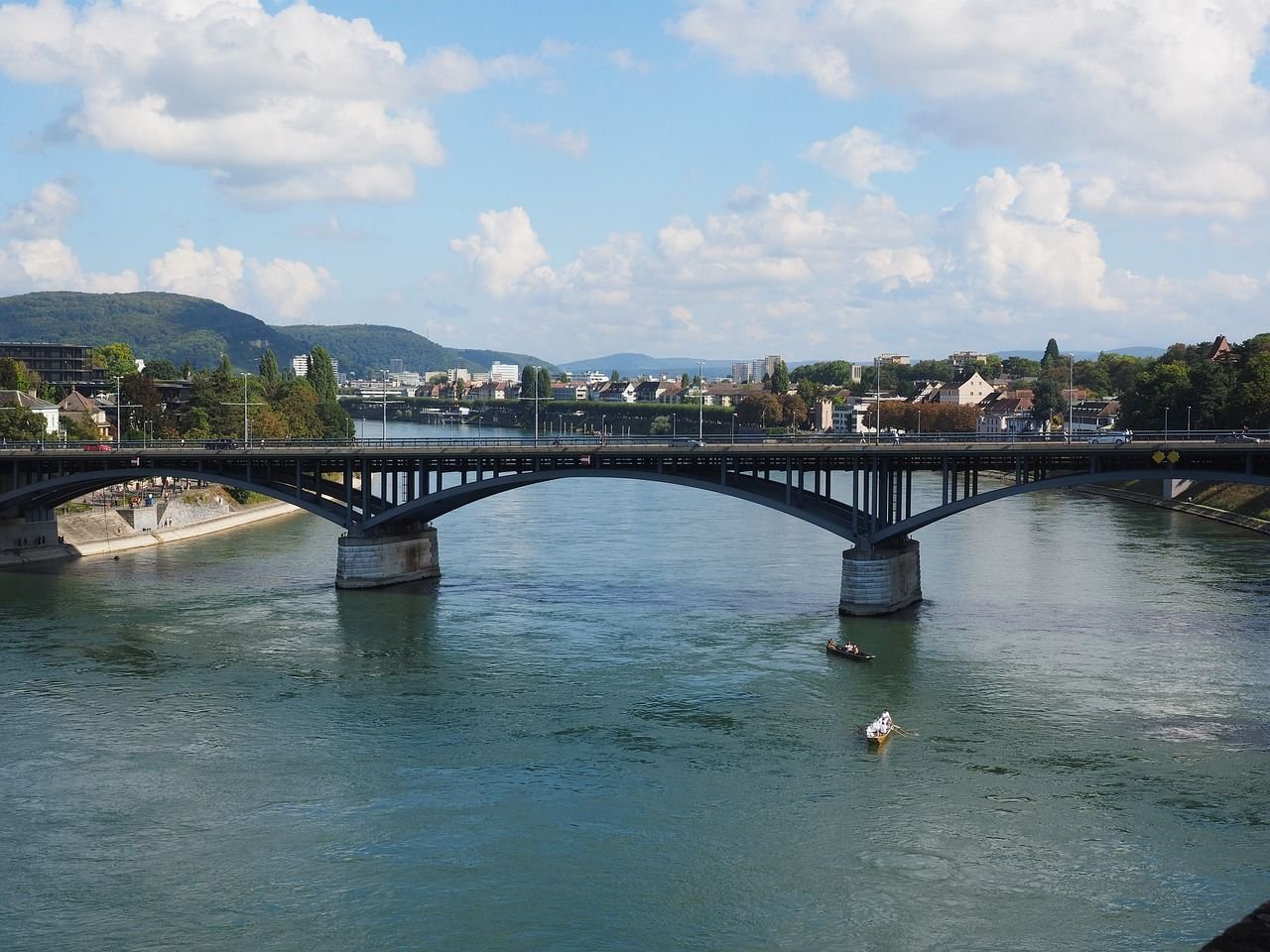Prague Astronomical Clock – Orloj
Address
Staroměstské nám. 1,
GPS
50.0869237, 14.420316
Prague Astronomical Clock was attached to the Old Town Hall in the Czech Republic‘s capital of Prague and is called locally Prague Orloj.
To be more precise, the clock was put in place in place in 1410, making it the third-oldest astronomical clock in the world and the oldest of those still working.
The Orloj is mounted on the Old Town wall of the Old Town is already in the square and attracts a number of tourists every year. Three primary components comprise the clock: the astronomical dial, where the position of the Sun and Moon in the Moon above it shows different astronomical details, as well as sculpted Catholic saints, walking back and forth across the sky, the skeleton that represents Death moving the hands up and down.
 There is local lore stating that neglect of the clock’s function would result in a city misfortune; and according to legend, it is supposed that a ghost will nod its head when that confirms that it is true. New Year’s Hope: The only option was that hope was borne by a child who was born on New Year’s night.
There is local lore stating that neglect of the clock’s function would result in a city misfortune; and according to legend, it is supposed that a ghost will nod its head when that confirms that it is true. New Year’s Hope: The only option was that hope was borne by a child who was born on New Year’s night.
The clock, which dates back to 1410, has a rich history and is considered the world’s third-oldest timepiece. The tradition claims that the Astronomical Clock was created by Master Hanus, rather than Mikulas of Kadan, and that once he finished the project at the request of the Czech king, the king had him blinded. As word of the clock travelled rapidly across Europe, city mayors from around the continent begged the king to let them build their own replicas.
The clock’s creator, a renowned craftsman, had his eyes covered to prevent this from happening. The master, unable to bear such an injustice, supposedly committed himself by hanging himself from the tower’s clock when it was damaged beyond repair. Of course, some time passed, and eventually the clock was fixed by yet another clockmaker. The clock has the distinction of being the world’s oldest continuously running clock.
The clock features a variety of colors and numbers. Part of it is blue to represent the infinite sky, another part is brown to represent the planet Earth. The clock simultaneously displays Babylonian time, as well as both old and new European time.
 To the right and left of the timepiece are two sets of identical sculptures, for a total of four. All of them signify various things. The figure with the mirror symbolizes pride and vanity, the figure with the cane and money bag in one hand symbolizes greed, the skeleton symbolizes death, and the figure playing the mandolin symbolizes happiness and pleasure. The purpose of these symbols was to illustrate undesirable human traits.
To the right and left of the timepiece are two sets of identical sculptures, for a total of four. All of them signify various things. The figure with the mirror symbolizes pride and vanity, the figure with the cane and money bag in one hand symbolizes greed, the skeleton symbolizes death, and the figure playing the mandolin symbolizes happiness and pleasure. The purpose of these symbols was to illustrate undesirable human traits.
There are four more statues placed just below the clock. Meanwhile, these statues illustrate ideal human qualities. Science is represented by the figure with the book, justice by the archangel Michael with the sword, philosophy by the figure with the feather, and astronomy by the figure with the telescope. Above the clock, there are a pair of glass panels. The 12 Apostles of Jesus are depicted inside these windows. At the top of each hour, the skeleton strikes the bell and spins the hourglass. Presently, the windows open, and the Apostles appear in the traditional sequence of the dozen.
There is always a huge crowd gathered around the clock, but it is especially busy at the top of the hour. The reason for this is that this animation repeats itself every hour. The skeleton, for instance, strikes the bell and turns the hourglass at precisely 1 o’clock. The presence of the skeleton here indicates that death is imminent. Others, clearly unprepared, shake their heads and try to explain why. Meanwhile, up above, the Twelve Apostles exit through a pair of windows.
The crowing of a rooster on the windows marks the end of the animation. While the other animated characters try to justify their denial of death, the skeleton stresses the transience of all things and the importance of being prepared for it.





